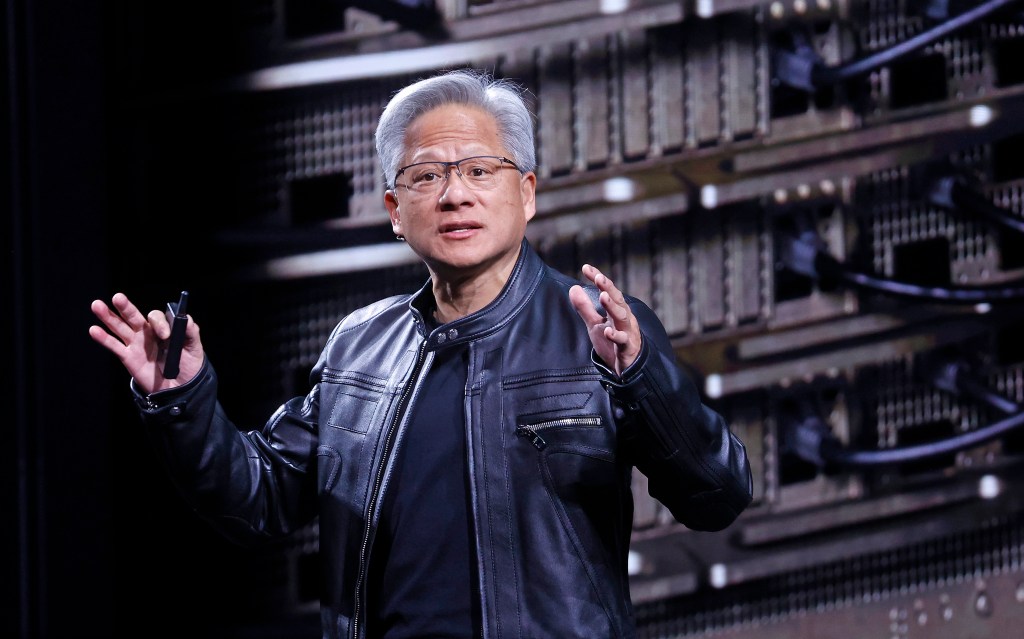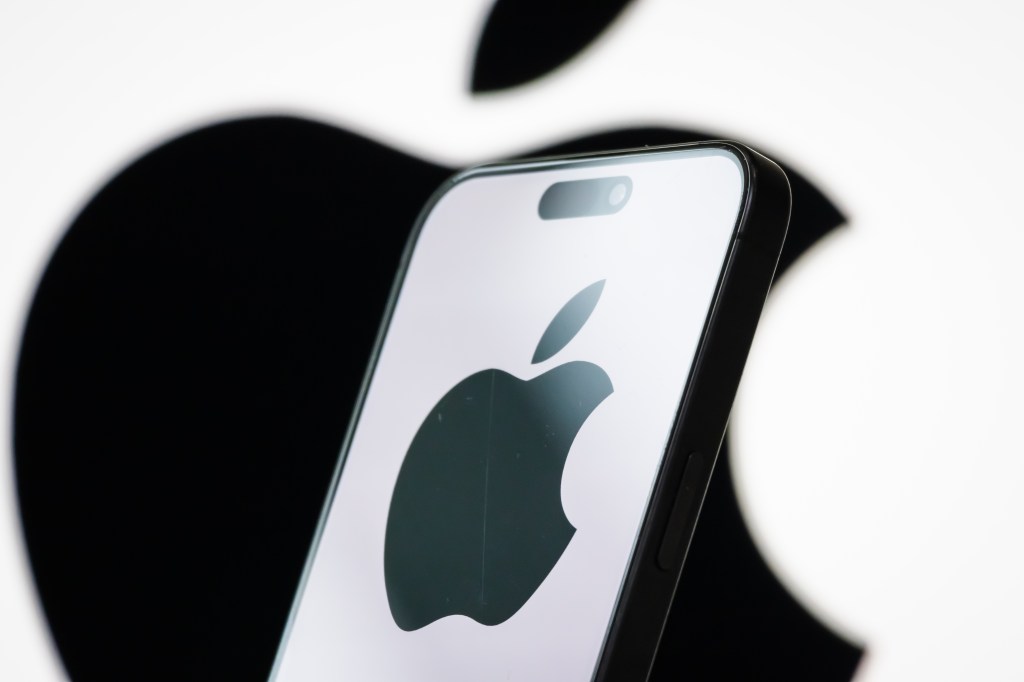In the dynamic landscape of food technology, Chef Robotics has emerged as a beacon of innovation and resilience. Founded by Rajat Bhageria, the company has navigated significant challenges to establish itself as a leader in AI-driven culinary automation. This journey underscores the importance of adaptability and strategic decision-making in the tech industry.
The Genesis of Chef Robotics
Chef Robotics was born from Bhageria’s vision to revolutionize the food service industry through automation. With a background in robotics from the University of Pennsylvania’s GRASP Lab, Bhageria aimed to address the industry’s labor shortages and inefficiencies by introducing robotic solutions capable of handling diverse food preparation tasks.
Initial Challenges and Strategic Realignment
The company’s early focus was on developing robotic systems for fast-casual restaurants, a sector plagued by high employee turnover and operational challenges. Despite securing multimillion-dollar contracts, Chef Robotics encountered significant technical hurdles, particularly in enabling robots to handle a wide variety of ingredients with the necessary dexterity and precision. The lack of comprehensive training data for robotic manipulation of diverse food items further compounded these challenges.
Recognizing the need for a strategic pivot, Bhageria made the difficult decision to terminate existing contracts and redirect the company’s efforts toward sectors where the technology could be more immediately effective. This bold move involved targeting food manufacturing facilities that required automation for repetitive tasks involving a limited range of ingredients, thereby simplifying the technical requirements and accelerating deployment.
Technological Innovations and Milestones
Central to Chef Robotics’ success is its proprietary AI platform, ChefOS, which serves as the brain for its robotic systems. ChefOS integrates computer vision, motion planning, and machine learning to enable robots to perform complex food assembly tasks with human-like dexterity. By deploying robots in real-world production environments, the company has amassed extensive training data, allowing for continuous improvement and adaptation to various food manipulation challenges.
This data-driven approach has yielded impressive results. Since its first deployment in 2022, Chef Robotics has achieved exponential growth in meal production. The company reached its first million meals in 314 days, the second million in 100 days, and subsequent milestones in increasingly shorter intervals. As of January 2024, Chef Robotics surpassed 10 million meals produced, a testament to the scalability and efficiency of its technology.
Market Expansion and Industry Recognition
Chef Robotics’ strategic realignment has facilitated partnerships with prominent food manufacturers, including Amy’s Kitchen and Chef Bombay. These collaborations have enabled the company to deploy its robotic systems across multiple facilities in the United States and Canada, addressing labor shortages and enhancing production capabilities.
The company’s innovative approach has garnered significant industry recognition. In January 2024, venture capital firm Andreessen Horowitz named Chef Robotics one of the top 50 companies advancing national interests through AI. This accolade highlights the company’s role in addressing critical challenges within the food industry and its contribution to the broader AI ecosystem.
Financial Growth and Future Prospects
Chef Robotics’ success has attracted substantial investment, culminating in a $20.6 million Series A funding round led by Avataar Ventures. This capital infusion is earmarked for expanding the company’s operations, enhancing its AI capabilities, and increasing the deployment of robotic systems across North America.
Looking ahead, Chef Robotics plans to triple its fleet of AI-enabled robots in 2024, aiming to further penetrate the U.S. and Canadian markets. The company’s focus on continuous learning and adaptation positions it to address the evolving needs of the food industry effectively.
Conclusion
Chef Robotics’ journey from facing potential closure to becoming a leader in food automation underscores the critical importance of strategic flexibility and technological innovation. By recognizing the limitations of its initial approach and embracing new market opportunities, the company has not only survived but thrived. As the food industry continues to grapple with labor shortages and operational challenges, Chef Robotics stands poised to play a pivotal role in shaping the future of food production through AI-driven automation.



